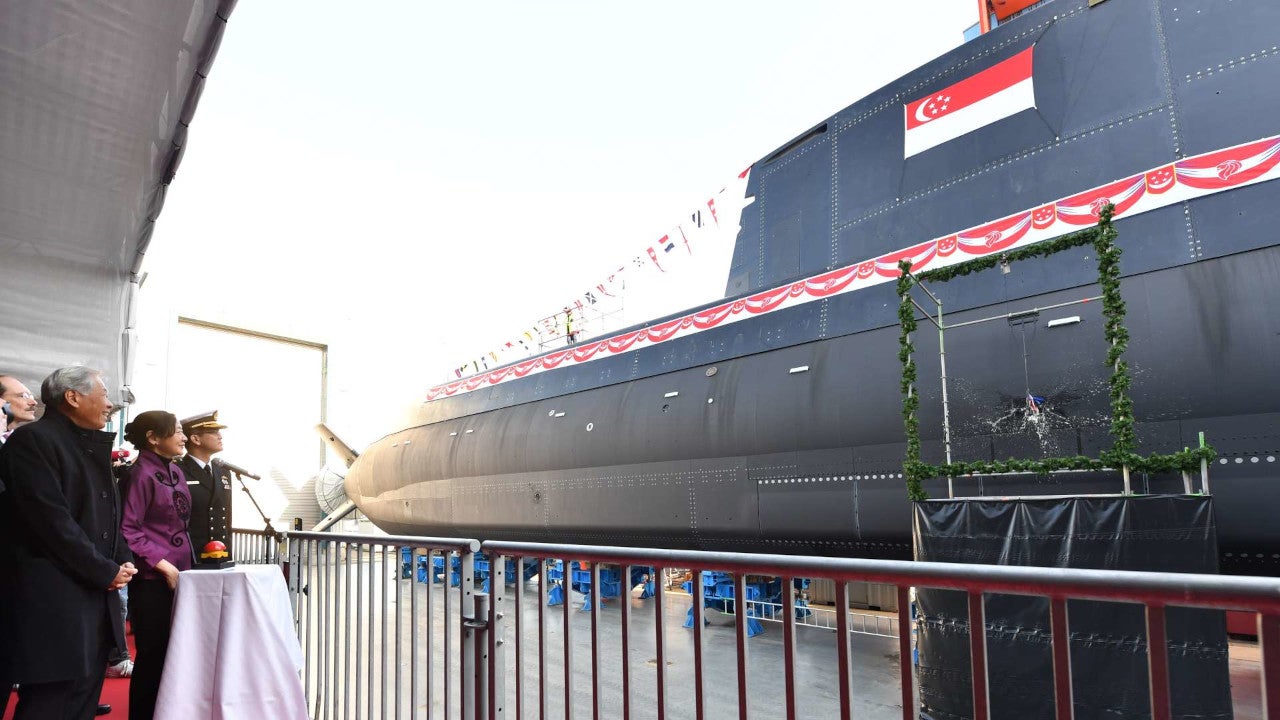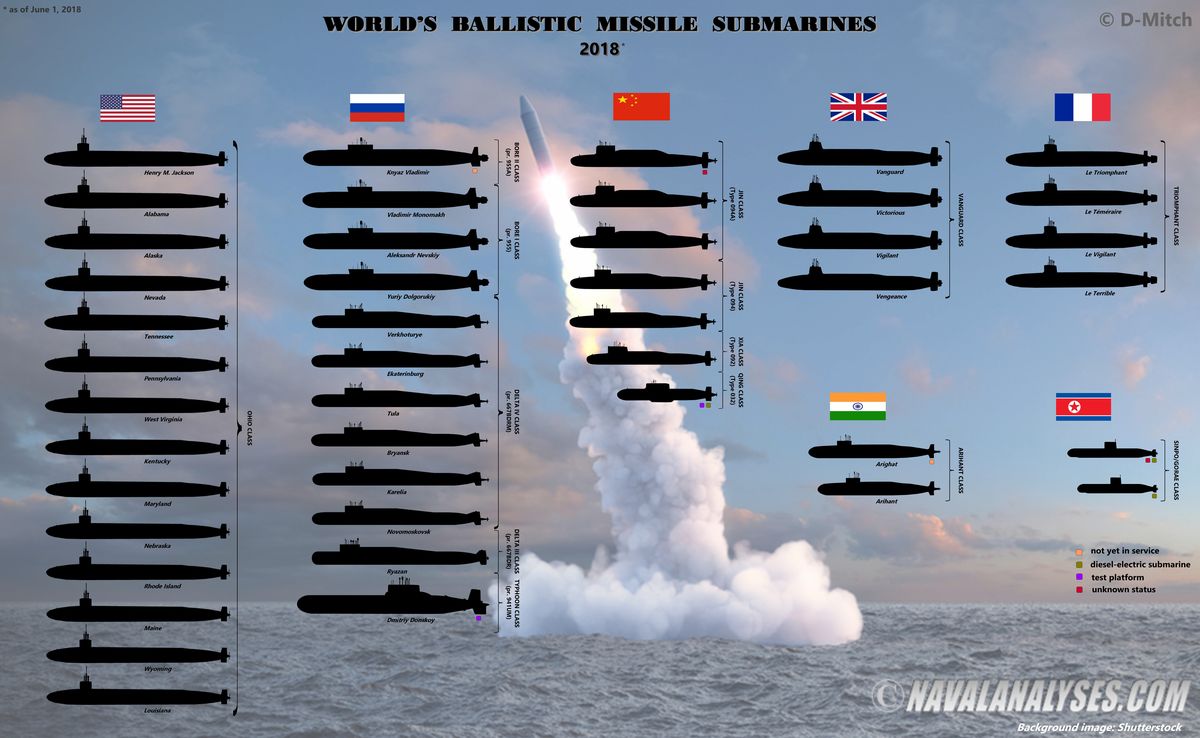
Southeast Asia nations Rushing To Buy submarines amid Cina expansionism
- The
growing acquisition of submarines by Southeast Asian countries was
driven by Cina expansionism.
Southeast Asian nations increasingly view submarine development as a necessity for their security amid changing geopolitical realities, but while some analysts say the move is “logical and necessary”, others have questioned the usefulness of the vessels due to exorbitant costs and the disadvantages of manoeuvring through regional waters.
Within the region, Indonesia, Malaysia, Singapore, Vietnam and Myanmar currently have submarines, while Thailand, and the Philippines are in the process of acquiring them. Earlier this month, Singapore embarked on its next phase of submarine development with the newly built Invincible-class submarines made in Germany.
Earlier this month, Singapore embarked on its next phase of submarine development with the newly built Invincible-class submarines made in Germany.
Singapore Prime Minister Lee Hsien Loong said during the launch that given the island state’s status as a maritime nation, its navy had a crucial mission of ensuring its survival and keeping open its sea lines of communication.
The US has some 66 submarines, including more than 50 nuclear-powered attack submarines, according to the non proliferation Nuclear Threat Initiative. China is said to possess six nuclear-powered ballistic missile submarines, six nuclear-powered attack submarines and 46 diesel-powered attack submarines, according to a US Defence report issued last year.
China is said to possess six nuclear-powered ballistic missile submarines, six nuclear-powered attack submarines and 46 diesel-powered attack submarines, according to a US Defence report issued last year.“In recent years, we have seen how the South China Sea has been increasingly militarised,” Darmawan said.
Over the last few years, Beijing has fully militarised at least three of several islands it built in the disputed water way.
Darmawan said it was “logical and necessary” for Southeast Asian countries to try to acquire submarines as the region lies in strategic maritime routes with heavy traffic.
It also made sense for countries to keep up with defence developments in the region, Darmawan said, and these include the presence of Unmanned Underwater Vehicles (UUV) which are often found in territorial waters and belong mainly to China and the US.
Also known as underwater drones, UUVs can operate without an occupant and can be used for a variety of tasks including scientific exploration and intelligence gathering.
In the case of Indonesia, Darmawan said that acquiring submarines has always been a concern especially after the sinking of its KRI Nanggala-402 submarine off the coast of Bali in April 2021. The incident was said to have raised questions about the state of the country’s military and its operational readiness.
In February, Indonesia signed an agreement with France to collaborate on the construction of two Scorpène submarines. The underwater crafts are reportedly very good at escaping observation, extremely fast, and capable of carrying out missions such as anti-surface vessel warfare and long-range strikes.
Ian Storey, a senior fellow at the ISEAS-Yusof Ishak Institute in Singapore, said there were “compelling strategic reasons to operate submarines” for countries such as Vietnam, which is locked in a long-running territorial dispute with China.
“Vietnam’s six submarines would make China think twice before trying to occupy Vietnamese atolls in the South China Sea,” Storey said. “And [if] conflict were to break out, those submarines would enable the Vietnamese Navy to interdict and sink Chinese warships.” In 2009, Vietnam bought six Kilo-class submarines worth US US$2 billion from Russia, making it the largest submarine fleet in Southeast Asia.
But for others like Thailand, Storey said it was merely “a case of keeping up with the neighbours”. In 2017, Thailand signed a deal with China to purchase three Yuan-class submarines, but the Chinese state-owned submarine developer could not obtain the required diesel engine from Germany because of EU arms embargoes imposed on Beijing.
While reports have surfaced that the Thai Navy is discussing with Chinese manufacturers the possibility of replacing the motor, there is also talk the contract might eventually be cancelled.
Storey said that many navies around the world want to buy submarines simply because they do not consider themselves to be “proper navies” without them.
“But submarines are among the most complex and expensive naval systems to operate, and this sometimes means navies cannot use them effectively, they become symbols of power rather than serious warfighting vessels,” he added.
“As submarines proliferate in Southeast Asia, the danger of a collision or an accident at sea increases. This is worrying as very few regional navies possess submarine rescue vessels.”
Joshua Bernard Espeña, a resident fellow at the International Development and Security Cooperation (IDSC) in Manila, said in acquiring submarines, the Philippines had to consider why and how such capabilities could address its external security concerns.
“Quantitatively, two submarines could hardly make a tactical, operational, and strategic difference, qualitatively, it must account for whether the country would fight alone or with its American ally, and mostly, who to fight,” Espeña said. The Philippine Navy has since last year been looking for its first-ever submarine, but while the pandemic hampered the search, France has reportedly offered two of its high-performance submarines in exchange for permission to explore the Southeast Asian nation’s “sovereign waters.”
Submarines are but expensive toys to brag with your playmates on the playground Joshua Bernard Espeña, resident fellow at IDSC in Manila
Espeña said that shallow Southeast Asian waters posed tactical and operational challenges for Southeast Asian navies, especially in preserving the vessels’ stealthiness.
“[This would] thereby affect deterrent and warfighting credibility,” he said, adding that he was “sceptical” about a few submarines’ ability to provide round-the-clock maritime domain awareness to cover the vast Southeast Asian maritime territory.
“Procuring a few submarines would not make a big difference, sustaining them would be expensive since parts maintenance, crew training, and emergency hazard measures are often challenges,” Espeña said.
Without a proper designation of enemies and where to fight them, “submarines are but expensive toys to brag with your playmates on the playground”.







No comments:
Post a Comment
Note: Only a member of this blog may post a comment.